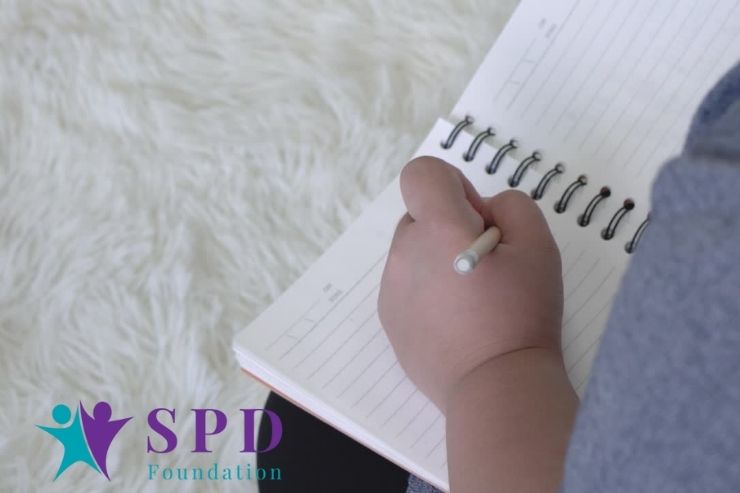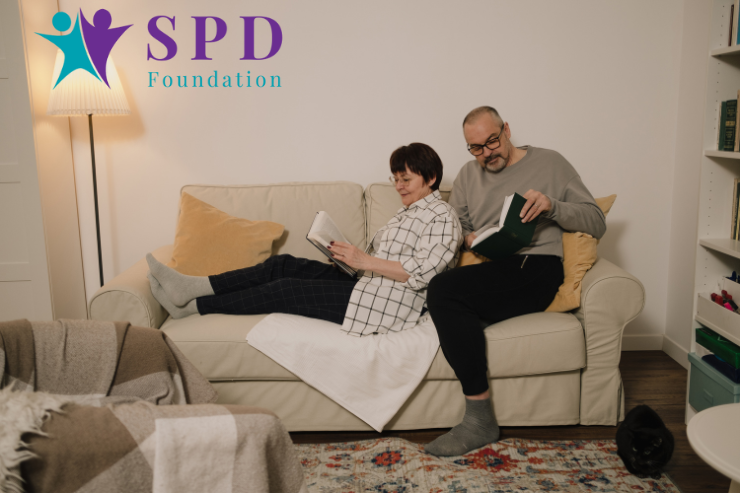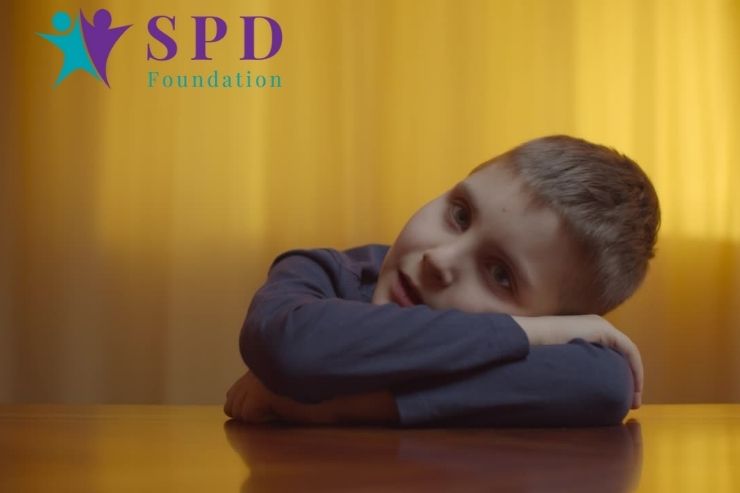Sensory Processing Disorder (SPD) and Autism Spectrum Disorder (ASD) are two neurological conditions that affect the way individuals perceive and process sensory information. While these conditions share some similarities, they are distinct disorders with different diagnostic criteria, symptoms, and treatments.
Sensory Processing Disorder (SPD)
Definition and Prevalence
Sensory Processing Disorder is a neurological condition in which the brain struggles to accurately process and integrate sensory information, such as sight, sound, touch, taste, and smell. This can result in heightened sensitivity to stimuli or difficulty distinguishing between different sensory inputs. SPD affects approximately 5-16% of school-aged children, with symptoms often becoming apparent during early childhood.
Causes and Risk Factors
The exact cause of SPD remains unclear, but research suggests that genetics, environmental factors, and prenatal complications may all play a role. Risk factors for SPD include a family history of the disorder, premature birth, low birth weight, and exposure to environmental toxins during pregnancy.
Symptoms and Subtypes

SPD symptoms can vary widely and are often grouped into three main subtypes: sensory modulation, sensory discrimination, and sensory-based motor disorders. Common symptoms include:
- Sensory Modulation: Over or under-reactivity to sensory stimuli, sensory-seeking behaviors, or difficulty regulating responses to sensory input
- Sensory Discrimination: Difficulty distinguishing between different sensory inputs, such as textures, temperatures, or sounds
- Sensory-Based Motor Disorders: Poor motor coordination, balance, and spatial awareness
Diagnosis and Treatment
Diagnosing SPD can be challenging, as its symptoms often overlap with other conditions, including ASD. A thorough evaluation by an occupational therapist or psychologist with expertise in sensory processing is crucial for accurate diagnosis.
Treatment for SPD often involves sensory integration therapy, which aims to help individuals better process and integrate sensory information through structured, individualized activities. Additionally, accommodations like noise-canceling headphones or fidget tools can help manage sensory sensitivities in daily life.
Autism Spectrum Disorder (ASD)
Definition and Prevalence
Autism Spectrum Disorder is a complex developmental disorder characterized by difficulties with social communication and interaction, as well as restricted and repetitive behaviors, interests, or activities. ASD affects approximately 1 in 54 children in the United States, with symptoms typically emerging by age three.
Causes and Risk Factors
ASD is believed to have a strong genetic component, but environmental factors may also contribute to its development. Risk factors for ASD include a family history of the disorder, advanced parental age, and exposure to certain infections during pregnancy. Additionally, some research suggests that individuals with ASD may have an increased likelihood of experiencing sensory processing difficulties.
Symptoms and Diagnostic Criteria

The diagnostic criteria for ASD, as outlined in the Diagnostic and Statistical Manual of Mental Disorders (DSM-5), include persistent deficits in social communication and interaction, along with restricted, repetitive patterns of behavior, interests, or activities. Common ASD symptoms include:
- Social Communication: Difficulty with nonverbal communication, such as eye contact or facial expressions, challenges in developing and maintaining relationships, and difficulty understanding social cues
- Restricted and Repetitive Behaviors: Repetitive speech or movements, rigid adherence to routines, intense interests or preoccupations, and sensory sensitivities or unusual sensory interests
Diagnosis and Treatment
Diagnosing ASD typically involves a comprehensive evaluation by a team of professionals, including psychologists, speech and language therapists, and occupational therapists. Early diagnosis and intervention are crucial for improving long-term outcomes.
Treatment for ASD often includes a combination of behavioral therapies, such as Applied Behavior Analysis (ABA), social skills training, and occupational therapy. In some cases, medications may be prescribed to address co-occurring symptoms like anxiety or attention difficulties.
Comparing SPD and ASD

While SPD and ASD are distinct disorders, they share several overlapping symptoms, particularly in the realm of sensory processing. Both conditions can involve heightened sensitivity to sensory stimuli, difficulty distinguishing between different sensory inputs, and sensory-seeking behaviors.
This overlap can make it challenging to differentiate between the two conditions, especially in young children. However, a thorough assessment by a team of experienced professionals can help clarify the diagnosis.
Key Differences
Despite their similarities, there are several key differences between SPD and ASD. The most notable difference lies in the core symptoms: while SPD primarily affects sensory processing, ASD is characterized by persistent deficits in social communication and interaction, as well as restricted and repetitive behaviors, interests, or activities.
Additionally, while sensory processing difficulties are common in ASD, they are not required for a diagnosis. In contrast, sensory processing difficulties are the defining feature of SPD.
Navigating the Overlap and Supporting Those Affected

Importance of Accurate Diagnosis
Accurate diagnosis is crucial for ensuring that individuals with SPD or ASD receive appropriate interventions and support. Misdiagnosis can lead to delays in accessing effective treatments and may exacerbate symptoms. If you suspect that you or a loved one may have either of these conditions, seek an evaluation from a qualified professional with expertise in sensory processing and autism spectrum disorders.
Strategies for Supporting Individuals with SPD or ASD
While treatments for SPD and ASD are tailored to the specific needs of each individual, there are some general strategies that can be helpful for supporting those affected by either condition:
- Create a Sensory-Friendly Environment: Adjusting the environment to accommodate sensory sensitivities, such as reducing noise levels, providing fidget tools, or offering a quiet space to retreat when overwhelmed, can significantly improve the quality of life for individuals with SPD or ASD.
- Encourage Routine and Structure: Consistent routines and clear expectations can help reduce anxiety and improve daily functioning for those with SPD or ASD.
- Foster Social Skills Development: Social skills training, either in group settings or one-on-one with a therapist, can help individuals with ASD or SPD-related social difficulties build essential communication and relationship skills.
- Promote Inclusion and Understanding: Educating peers, educators, and the wider community about SPD and ASD can help foster a more inclusive and supportive environment for those affected by these conditions.







